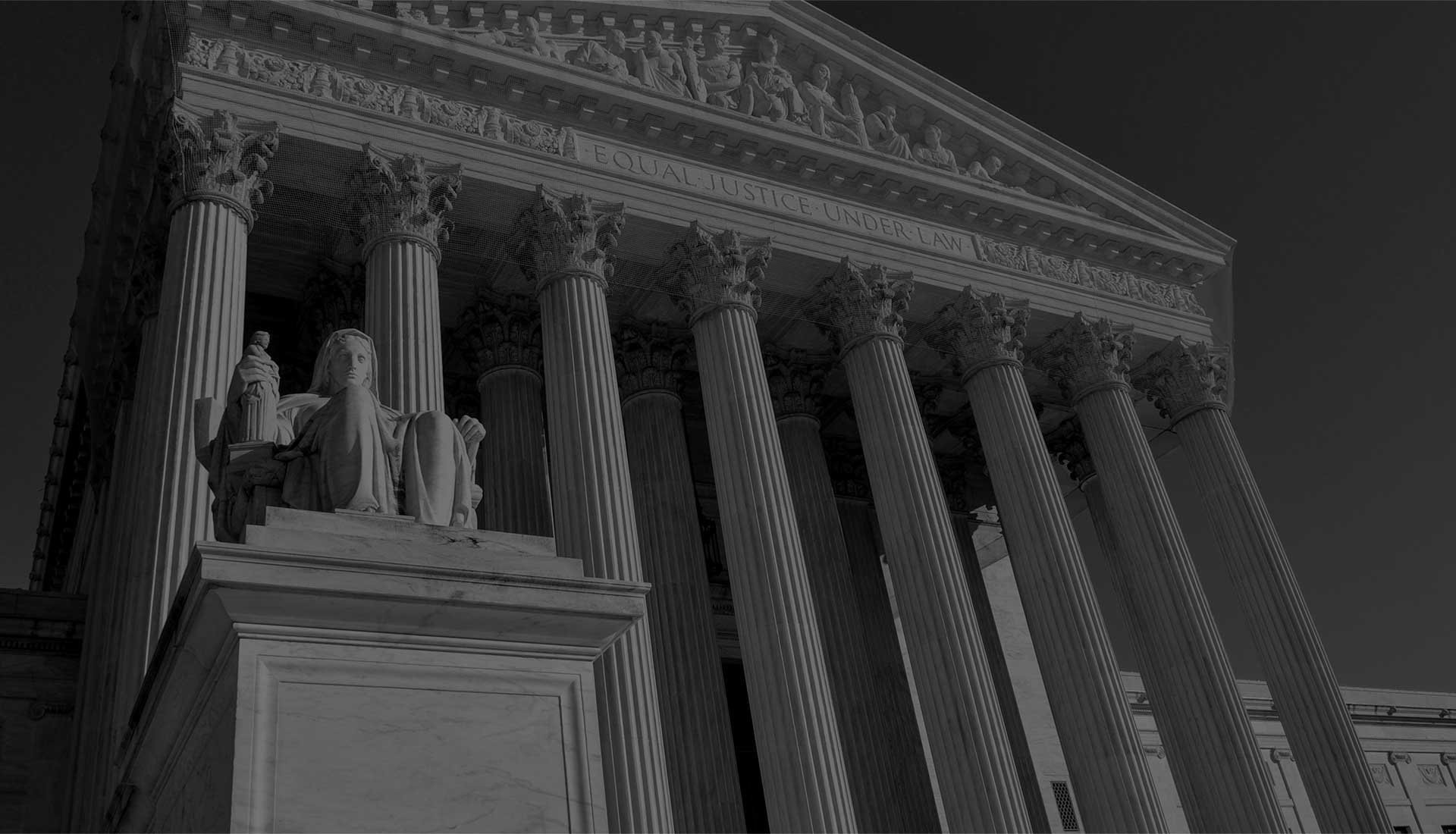The Changing Face Of Kentucky Nursing Homes

As society struggles to find innovative ways to deal with an aging population, the future of elder care may be a process as opposed to a place. However, the potential for elder abuse will be just as high.
Every day, roughly 10,000 Americans turn 65. 70 percent of these individuals will require living assistance, and a large number of these people will stay in a nursing home for at least five years. To deal with the exploding elder care issue, some advocates support a continuum of care idea. According to the Department of Health and Human Services, a continuum of care is “less a facility and more a concept” that includes hospice care, full-fledged nursing homes, assisted living facilities, rehabilitation clinics, and counselling/social support services. Another new idea, the Village to Village movement, began in Boston in the early 2000s. This movemenr is dedicated to ending lonliness among older people by keeping these individuals plugged into their communities. Adult day care centers are a significant component.
25 percent of folks over 65 will live past 90, and 10 percent will live past 95.
Elder Abuse and Care Facilities
Already, over 50 percent of American nursing homes are dangerously understaffed, and the proportion could easily reach crisis levels as the elderly population continues to increase. Understaffing is especially a problem during non-peak times, like nights and weekends.
Nursing homes are liable for elder abuse injuries in these environments, because of the respondeat superior (“let the master answer”) rule. Employers are responsible for the negligent acts of their employees which occur during the course and scope of their employment. For example, patients must be turned in bed every two hours to prevent pressure ulcers, and the nursing home owner is responsible if there are too few employees to conduct these checks or the employees are too rushed to perfrom their jobs adequately.
Elder Abuse and Individual Caregivers
Physical abuse and neglect, whether it comes from staff members or other residents, is usually the largest elder abuse concern in nursing homes. In contrast, patients who rely on individual caregivers are very vulnerable to financial abuse.
This area is one of the most underreported forms of elder abuse, since many elders do not want their caregivers to “get in trouble” and many other victims do not even know that they have been abused. In addition to outright theft, there are more elaborate schemes; for example, some unscrupulous caregivers trick elders into signing financial documents.
If the tortfeasor (negligent actor) was an employee of a caregiver company, that company is responsible for damages according to a theory like respondeat superiror or negligent hiring.
Elder abuse is a serious problem in Kentucky. For a free consultation with an experienced nursing home abuse lawyer in Morgantown, contact Attorney Gary S. Logsdon. After hours appointments are available.

